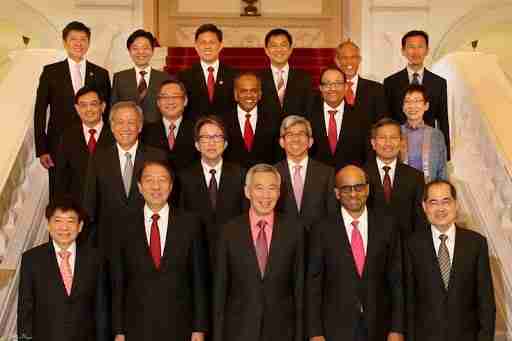KEEP IN TOUCH
Subscribe to our mailing list to get free tips on Data Protection and Cybersecurity updates weekly!







A governance framework is essential for modern governance and legal operations by directing how people interact with the organization, with regulators and with stakeholders to closely guide and monitor operations. These frameworks act as a supporting structure to entity management and compliance by providing the trunk from which the various branches of compliant operations can grow. It is through governance that companies and other organizations stay on the right side of regulators, not just in terms of filing requirements, but in terms of such aspects as company culture, remuneration methods and transparency of operations.
Australia’s banking and finance sector fell afoul of governance standards in recent years, leading to an official investigation into practices in the industry and resulting sanctions and increased oversight, so this governance stuff is serious business. Here’s why your organization needs to develop its own governance framework.
Canada’s Institute of Governance (IoG) says the need for governance “exists any time a group of people come together to accomplish an end.” When we talk about governance here, that “end” is running an organization. Governance brings authority and accountability while enabling decision-making in an organization.
The IoG’s approach to governance centers around three big issues:
Governance establishes policies and the process for continuously monitoring the proper implementation of those policies, and includes the mechanisms to balance power within the organization.

A governance framework, then — with “framework” being an essential supporting structure — is built to guide an organization in how it can achieve those things: accountability, authority and decision-making. It helps to “determine who has power, who makes decisions, how other players make their voice heard and how account is rendered,” says the IoG.
When it comes to corporate governance, the discipline is based around “a framework of rules and practices by which a board of directors ensures accountability, fairness and transparency in a company’s relationship with its stakeholders,” according to the Business Dictionary. That site’s experts say a corporate governance framework consists of three things:
In other words, the governance framework exists to ensure the company remains in compliance and operating within legal boundaries — and that means any governance framework must take into account the local regulations wherever the organization has entities located. The governance framework then dictates the governance operating model appropriate to the aims of the organization.
Writing in Security Science, Smith and Brooks say a governance framework provides “a mechanism for senior management, as well as those at the operational level, to have a clear understanding and oversight of each others’ expectations, objectives, performance, risk appetite and reporting requirements.” The governance framework also provides guidance on how to effectively communicate with the relevant stakeholders across and beyond the organization.
Also read: Completed DPIA Example: 7 Simple Helpful Steps To Create
Regardless of size, operations or sector, all companies should implement a governance framework that takes into consideration the existing governance rules and regulations, and how they apply to that organization’s entities. Any governance framework should have clearly assigned roles and responsibilities, and be subject to checks and balances as well as regular audits of process.
To start building your own governance framework, aim to answer the following questions:

It can be difficult to keep track of this governance framework — and to make sure everyone in the organization is both aware of and sticking to its guidance and policies — if you’re a paper-based organization. The days of filing the corporate record in a basement, only to be accessed once a year for audit purposes, have been relegated to the past; technology is fueling modern legal operations.
Working with entity management and board management technology can help to prop up and support any governance framework set by an organization’s governance experts. It can institute automated workflows, where the right people are alerted to and accessing the right information at the right time and in the right format without the compliance team pushing it along manually. It can make entity data more accessible, and ensure essential stakeholder information is kept up-to-date much more easily than in the old days.
But governance technology has gone one step beyond. While on-premise and network-based technology solutions eased the burden of governance, cloud-based entity governance management software is helping organizations to centralize, manage and effectively structure their corporate record. This, in turn, helps to improve entity governance to better ensure compliance, mitigate risk and improve decision-making.
Entity management software, such as Diligent Entities, supports the governance framework by bringing stakeholder information and entity data to a central repository that’s easily accessed from anywhere in the world — no more traipsing down to the basement in HQ to find an old contract that’s up for renewal; you’ll find it in the cloud.
Diligent Entities seamlessly integrates with Diligent Boards — a board management portal that makes tracking and logging board operations and decisions much simpler — and a secure file-sharing system to create a Governance Cloud that supports and enables the smooth running of that governance framework. Get in touch and schedule a demo to see how Diligent can support your governance framework, or help you to develop the right governance framework for your organization.
Also read: 7 Phases Of Data Life Cycle Every Business Must Be Informed